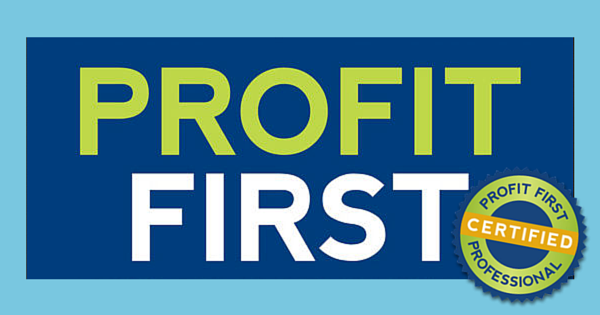Starting a small business is a dream come true. Building it from the ground up is exciting, inspiring, and a lot of work. But, no matter how well you plan and how hard you work, the ultimate success or failure depends on your profit.
The formula for profitability has been established for ages. Every business owner, CEO, freelancer and entrepreneur knows it. It is even supported – scratch that, required – by Generally Accepted Accounting Principles (GAAP), which is enforced by the SEC in the United States and the International Accounting Standards Board internationally.
GAAP’s fundamental formula for profit is simple:
Sales – Expenses = Profit
There is just one problem… The formula hurts profitability. There is a reason that 21 million out of 28 million small businesses in the US are surviving check to check. It’s not that 21 million people are smart enough to start and build a business, yet not smart enough to turn a profit – it’s that they are relying on a flawed formula. Sales – Expenses = Profit is a lie. The formula doesn’t yield a profit.
Logically, of course, the formula is sound. A business must first sell in order to generate inbound cash flow. Then the business deducts the expenses utilized to deliver its product or service and to run its operations. What remains is profit. Profit, effectively, is a leftover.
5 Ways To Boost Your Profitabilty
While the GAAP formula makes logical sense, it ignores the fact that it is managed by people. We are, first and foremost, emotional beings, prone to ignore (or even defy) logic.
Cyril Northcote Parkinson, in his famous bestseller Parkinson’s Law, proposed “work expands so as to fill the time available for its completion.” His theory has been generalized to state, “the demand upon a resource tends to expand to match the supply of the resource.”
Arguably, money is the ultimate resource. In GAAP’s “Sales – Expenses = Profit” formula, the business owner sees the cumulative deposits (resource) from sales and has a propensity to conclude that all the money is available for expenses (the demand expands to match the supply). The new equipment purchase is justified because the money is there. A new hire starts, because the money is there. Profit? It is an afterthought. Therefore, there rarely is any.
Now consider a new formula, where a business takes profit first:
Sales – Profit = Expenses
Mathematically the formula is identical to GAAP’s. But from the perspective of human behavior, the Profit First formula is radically different. In the Profit First formula, a preset percentage of deposits generated through sales are first allocated to profit. The remainder is used to pay expenses.
In practice, as deposits from sales come in a predetermined percentage, for example 15%, is immediately transferred to a separate profit account. The remainder is available for the business leader to run business as usual. The business owner will see his available cash (which has had the profit already deducted) and make decisions accordingly. The new equipment purchase may be delayed, or a more cost effective alternative may be found. A new hire won’t be made because the money is not there, and perhaps the entrepreneur will conclude was unnecessary in the first place.
GAAP offers so much more in business insights than most entrepreneurs could imagine, but it does fall short on working with an entrepreneurs “bank balance” habit. I have become an advocate for the Profit First approach to cash management because of the one thing it does do extremely well. It works with the natural habit of business owners. And, it functions as a “plug-in” to all the GAAP accounting systems and processes I have place. It doesn’t change GAAP, it simply sits on top.
We suggest that you use the Profit First system to grow your small business from the bottom up. The Profit First system simply changes the way you keep your books. Start with income and subtract (or take) profit, and what you are left with is expenses. Profit is no longer something that may or may not occur at the end of the month. It is always there and the first thing you deduct from cash on hand.
Let us show you how you can take your profit first and manage your cash flow.
Click here to download the first two chapters of the Profit First book for free.
Ready to get started? Click here to schedule a call for a free business assessment.











